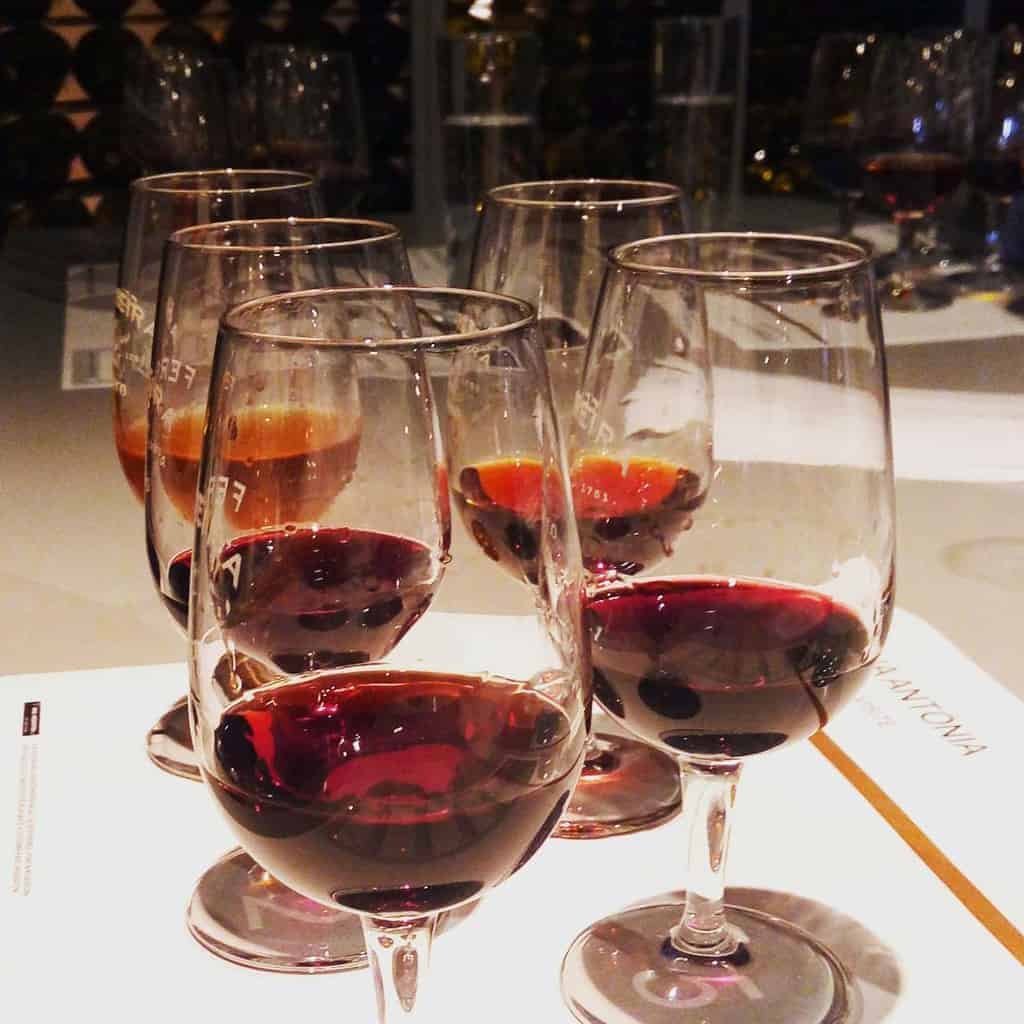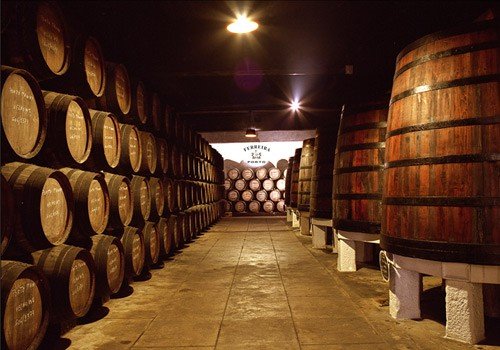At the famous D. Luís Bridge we cross the Douro River and are now in Vila Nova de Gaia, or just Gaia, as it is often referred to. Now, on this side of the river, we enter another city and another municipality and it is the riverside area of Gaia that we are going to talk about.
This part of Gaia, next to the Douro River, is equally touristy and almost rivals Ribeira in the number of people who walk there. It's an area full of bars, cafes and restaurants, but it's best known for another reason: the Port wine cellars.

We are in an absolutely privileged area in terms of views of the city of Porto, particularly the historic area, and ideal for strolling. There are also regular events and markets. So let's start to discover the best this area has to offer.
The Port wine cellars
The history of Port wine is long and has different contours, so I will leave that story for another article. Let's now look at the cellars that are located in Gaia because they really deserve a visit when visiting the city of Porto. Port wine is possibly the best-known Portuguese wine worldwide and is emblematic of the undefeated city (as the city of Porto is known). It can be enjoyed in many ways, whether as an aperitif, to finish a meal or even to accompany a dessert. In my opinion, it's good whenever you want!

The region where this wine is produced is a UNESCO World Heritage Site and, contrary to what one might initially think, it is produced on the terraces of the Douro River, 100km from Porto, largely in the Régua area, where it is produced in the several farms that abound there. The area is vast with around 250 thousand hectares, of which 44 thousand are vineyards, but only 26 thousand hectares are authorized to produce Port wine. And of all this production, made up of various types of grapes, there are strict criteria for selecting the grapes, namely the Scoring Method, whose parameters will define the quality of the grapes. The result is a liqueur wine with an average alcohol content of between 19 and 22 degrees and is, therefore, produced in the Douro Demarcated Region, whose special climatic and terrain conditions make this wine a reference.

In addition to the fame of Port Wine, the region has been gaining popularity in recent years for the stunning landscapes it offers to visitors. Luxury rural tourism plays an important role today, high standard hotels helped by rich cuisine offered in many restaurants and river cruise tourism that is gaining more and more fans.
To better understand how Port wine is produced, the various types that exist and the brandy process (when brandy is added to the fermented must, thus making the wine sweet due to the natural sugar of the grapes), there is nothing better than visiting one of the attractions of Gaia (if not the biggest): the Port wine cellars. There are 14 cellars in the area, so it's best to try to choose depending on the price and time of the visit. Normally at the end of the visit there is a wine tasting and it is very interesting to learn a little about the history of the brand behind the cellar you are visiting.


The cable car

In addition to the highlight of this area, which are the Port wine cellars, there are also two other attractions. The first is the cable car that has been in operation since April 2011 and connects the upper deck of Ponte D. Luís and Cais de Gaia. The trip is short, just 5 minutes on a 600 meter route, but the view of the city of Porto and the rooftops of the Port wine cellars is impressive. The ticket costs €6 one way, so go up and then walk down, after all as we say in Portugal – “all the saints help down!” Up there, I have to highlight not only the fantastic view of the Douro River and the entire downtown area of Porto, but also the Serra do Pilar Monastery, whose construction began in 1537 and is considered one of the most notable buildings of classical European architecture due to the circular church and cloister. Entry varies between €2 and €4.

Douro cruises
The other highlight are the cruises on the Douro River that depart from here towards the Alto Douro wine region, that is, the area where the farms where Port wine is produced are located. There are several types of ships ranging from simple day trips to hotel boats. There are also replicas of the old rabelo boats, which were the vessels that initially transported wine from the grape growing area and which are currently used for shorter trips with journeys lasting around an hour. And of course, don't forget while you're here to take the essential photo with a rabelo boat and the Ribeira as a backdrop. It will forever remain in your memory.

The rest of the area
Vila Nova de Gaia is an essentially residential city, but here in this area, if you have a car, I suggest you take a walk along the river, on the road parallel to it. Start at Cais de Gaia and continue along the river until you reach Rua da Praia. The route is similar to the coastal road in Porto, but less known as it is more difficult to access. If you are heading south it is interesting to do something different, so go through Afurada, Praia de Lavadores and take Avenida da Beira-Mar continuing to Espinho, a city where you can easily return to the south of the country.